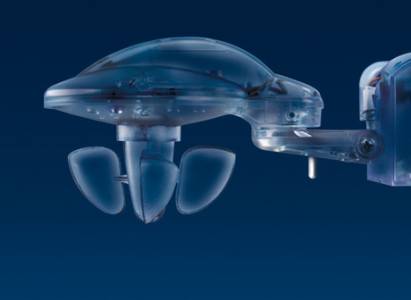
KNX sensor technology forms the intelligent backbone of any KNX-based smart home or building automation system. These sensors go beyond simple on/off switches, providing detailed, real-time information about the environment and user behavior, enabling automation and energy efficiency on an unprecedented scale. Unlike standalone solutions, KNX sensors seamlessly integrate with other KNX devices, creating a cohesive and responsive system.
Key Features & Benefits:
Applications:
KNX sensor technology is ideal for a wide range of applications, including:
Conclusion:
KNX sensor technology represents a significant step forward in building automation. By providing accurate, real-time data and seamless integration, KNX sensors empower smart buildings and homes to adapt dynamically to changing conditions, maximizing comfort, security, and energy efficiency. Investing in KNX sensor technology is an investment in a more intelligent, responsive, and sustainable future.